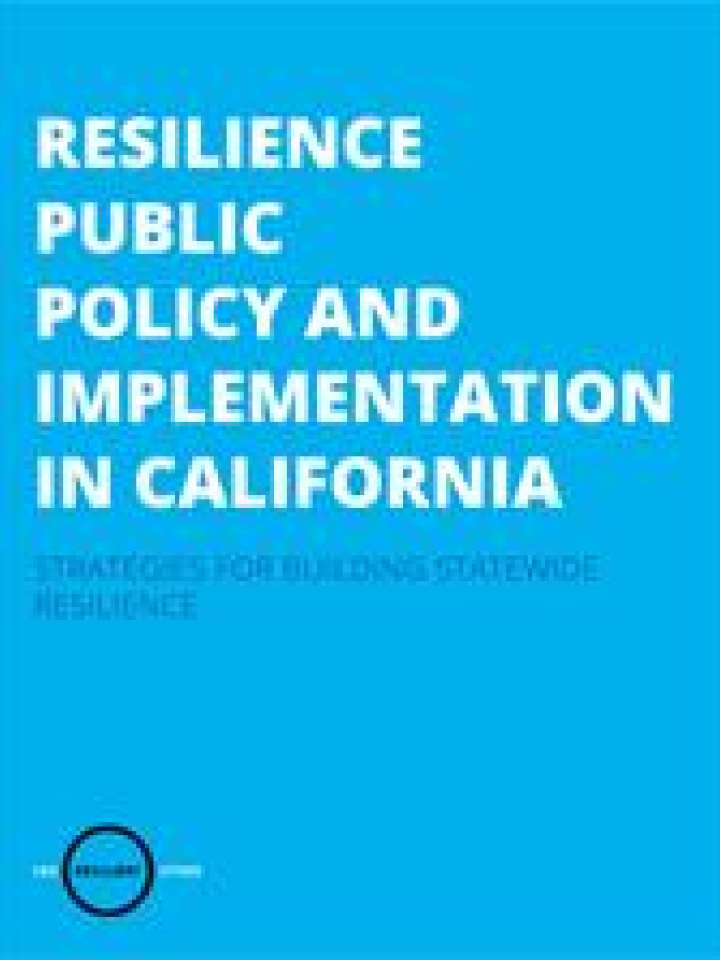Resilience public policy and implementation in California: Strategies for building statewide resilience
This document presents an overview of the state of resilience policy in California. California is a national leader in resilience public policy, practice, and investment. As the four California 100 Resilient Cities (100RC) municipal partners - Oakland, San Francisco, Berkeley, and Los Angeles - pivot from assessment to implementation, 100RC is considering what ongoing investments in these cities might look like, and how to best align these future efforts with ongoing state initiatives. To better support this effort, and considering the opportunity for change presented by new statewide leadership in 2019 with the election of Governor Newsom, 100RC seeks ways to connect local-level resilience implementation with state-level policy and actions.
Staff from the Metropolitan Transportation Commission/Association of Bay Area Governments, along with Urban Resilience Strategies, conducted a series of interviews with key stakeholders at local, regional, and state levels to identify policy gaps and opportunities and develop recommendations for improvement in the field. The guidance from interviewees, thought leaders, and community stakeholders frame the key goals of this paper: to understand the landscape of exemplary work taking place in the state, and to recommend strategies for how effective state, regional, and local policies, laws, regulations, and incentives can accelerate resilience actions.
This paper serves as a starting point for 100RC, the California Chief Resilience Officers, statewide agencies engaged in resilience policy, elected officials, local policy practitioners, and local government stakeholders who comprise California’s resilience practice. The recommendations laid out in this paper are primarily aimed at the Governor and his office, but represent areas where 100RC can offer partnership and support to leverage and accelerate implementation. This work can also be used to coordinate local planning with philanthropic and legislative partners at the state level. Collectively, these programs and initiatives, with others, point to the statewide development of multi-sectoral resilience building.
Explore further
